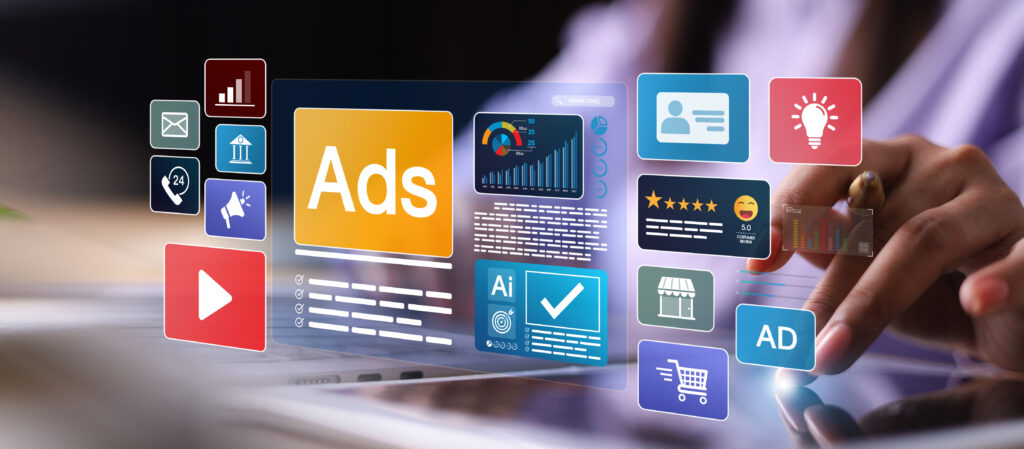
LinkedIn is a powerful social network, and not just for those in the B2B space. LinkedIn users are more likely to actually visit your homepage, and have higher conversion rates compared to other social media platforms.If you want to make the most of your time and effort spent connecting with others there, it all starts with a stellar profile. The thing with LinkedIn, though, is you can’t treat it the same way you’d treat a personal Facebook profile. Yes, it takes time and effort to get it done right, but anything worth doing is worth doing the correct way, wouldn’t you agree?
Overview
A Good Profile Picture
LinkedIn isn’t the place for a cutesy photo of you and your dog. Here, you need to have a professional photo of yourself. If you haven’t taken the time to have professional headshots taken, add that to your to-do list and make it a priority. Until then, use the cleanest, most professional shot you have. Whatever you use, make sure you’re smiling, because this photo could easily be your first impression with potential employers or clients.
A Stand Out Headline
When you first create a LinkedIn profile, your headline will be your job title and current company. But, you don’t have to, and really shouldn’t, leave it that way. Instead, list your specialty, and use the space to speak directly to your audience.
It’s a good idea to include keywords in that space to ensure your profile is searchable – more about that in the next point – but if that’s not a priority for you, you may want to avoid using industry jargon. This can help your profile stand out. The best headlines are about 10 words, so do your best to limit it to that.
Optimized for LinkedIn and Search Engines
There are billions of searches done on LinkedIn every year, and if you’re not using keywords appropriately, you could be missing out on new business. Research keywords using Google’s Keyword Tool to find out what you should be using on your profile and in your group discussions.
The most important keywords should be featured in your profile title and your summary. Include the top keywords in skills and expertise, as well as the interests section.
It’s always a good idea to consistently make new connections on LinkedIn because those first degree connections will appear first in the search engines.
Sign out of your Google account. Then go to Google.com and enter your keywords. Use the auto populated suggestions for searches so you know what people are searching for most often. Use that to your advantage as you’re crafting your profile content.
Answers the Important Questions
LinkedIn comes off like it would be an online resume, but that’s not what people are looking for. If they were, they’d just email you and ask for it. Instead, they want to know who you are, what you do, and why you’re the go to person for the product or service you provide. And they want to know that information as quickly as possible. We all have the same number of hours every, and we want to be as efficient with our time as possible. Think about how annoyed you’d be if you couldn’t find the information you were looking for. You’d probably complain for a second and then move onto the next person in your list.
If you want to use LinkedIn to connect with people for any professional purpose, you’d better make it easy for them. That means answering the critical points, succinctly.
- What I Do: Say how you help your target audience.
- Who I Work With: Describe your target audience. What job titles do they have?
- Why It Works: Describe benefits of partnering with your company. Showcase real numbers and achievements here.
- What Makes Me Different?: Answer that question, again with hard numbers if possible. How are you different than the competition? What kind of experience do you have? Do you have certifications or anything else that makes you unique compared to similar vendors?
- What Others Say: Include two to three testimonials here. Make them specific to the product or service you’re offering, and include the full name and company of the person who left the testimonial.
- How it Works: Explain your process. Do you start with a free evaluation or consultation? What is the end result? About how long does it take to get there?
- Call to Action: Then include your call to action – more on that below – that suggests people who are interested get in touch with you as soon as possible.
Keep it Organized
Honestly, there’s a lot of fields to fill out when you’re completing your LinkedIn profile, so unless you’re making it a point to keep things short as you go along, it can add up quickly. The best way to approach it is to keep it scannable. Bullet points are your friend.
Harness the Power of Recommendations and Endorsements
Recommendations are essentially testimonials from others on LinkedIn, that you’ve worked with in some capacity or another. You can include a few of them in the “what others say” section I talked about above, but I like to reserve that for testimonials from customers I’m not connected to on LinkedIn.
There’s an entire section of recommendations on your profile, so you can easily display them. Yes, there’s an automated feature within LinkedIn that allows you to ask for recommendations, but I say you should avoid that. Ask in person when possible, and if not, write them a personal email that lets them know what their recommendation would mean to you.
If you’ve taken the time to ask for recommendations from people in your network, you should expect to leave some in return. After all, it is a social platform where interaction and engagement are important.
Endorsements are quick and easy to give, and are votes of confidence from others in your network about your knowledge in a certain skill. This helps establish your credibility, so when you notice that someone has taken the time to endorse you in any skill, take a few moments to endorse them in their relevant skills, too.
Add Media to Your Experience
If you can, add media files to your experience. Adding images lets you create a visual portfolio alongside the slew of text in your profile. Visual content is a cornerstone of online marketing, as Facebook posts with images get 2.3 times more engagement than those without. Tweets with images get 1.5 times more retweets than those without. The point is, people will pay more attention to images than they will text. Beyond photos, you can share videos, presentations, links, PDFs, and more. The more creative you can get with how you showcase your work, the more you will stand out against your competition.
Fill Out As Much of the Profile As Possible
Get the profile as complete as you possibly can. Include your skills, volunteer organizations, education, and so on. Use the space to include all the awesome stuff that doesn’t fit on your traditional resume, but shows that you are a well-rounded individual. If your volunteer experience is directly related to your job search, you should include it in your work history. This way it is in the relevant section, rather than down at the bottom of your profile.
Use Status Updates
Using status updates allows you to share industry-relevant content, so you can show recruiters you’re up-to-date on what’s going on in your industry. And if you’re not using LinkedIn to find a job, you can use the status updates to share content that originates with your company, as well as curated content that will resonate with your potential clients and customers.
Link to Relevant Sites
If you have any kind of online portfolio or blog related to your work, make use of the three URLs you’re allowed to include on your profile and link to it. Fight the urge to link to cat videos and the blog chronicling your child’s life, though. If it doesn’t’ relate to your work or your end goals for using LinkedIn, skip it. You can also use the links to direct people to other places you can be found online.
Network with LinkedIn Groups
The groups you participate in are displayed on your profile, and will demonstrate your interests to prospective clients and employers. But more so than that, they are a great way to connect with people in your industry and build relationships. Just make sure you’re there for the right reasons – to connect with and learn from people – rather than spamming them with your products and services.
If you find that you are struggling with a problem and you don’t know how to fix it, you can reach out to people in the group and get help. There are hundreds of thousands of groups on the LinkedIn platform. I recommend searching and finding groups that are not necessarily the largest ones available – but at least active on a regular basis. The size of the group matters far less than the activity in the group. If you post a question or comment for a group of 10,000 people, but it takes months to get an answer, is it worth it? Not exactly.
Actively participate in your groups – ask for help when you need it, but don’t forget to offer help when you’re able. It’s those interactions that will help you build connections and relationships with people, and you never know when you’ll find value in any one of your connections.
Use a Good Call to Action
A call to action is an important part of your summary if you’re willing to speak to recruiters or potential clients. Encourage the people who are visiting your profile to get in touch with you. If you are however, not wiling to speak to them, you can still encourage them to connect via email.
Include Contact Information
Make sure you include some form of contact information, whether it’s an email address or phone number, so that people can connect with you outside of LinkedIn, too. The point of the network is to get to know people, so neglecting to provide contact methods is detrimental to the success of your profile. You can include your email using a format like email address AT domain DOT com to avoid the likelihood of spam from bots.
Edit Accordingly
Just because your LinkedIn profile is stellar right now, doesn’t mean it’s a set and forget type thing. You’ll want to go back and look at it from time to time to make sure the information is accurate and up to date. If you want to be sure you’re on the right track, ask a trusted friend or colleague to look over it for you. Another set of eyes can be a good way to catch typos and grammar issues that may turn some prospects off.
Having a great LinkedIn profile can make or break you as an online marketer. If it’s terrible, you will likely still be able to land deals, but those deals wouldn’t come as easily or be as big as if the ones you’d be able to get if you’d focused more effort on creating a profile that resonates with your target audience.
Are there any other tips you’d like to add? Share them in the comments below.
Contact us today to get the conversation started!









